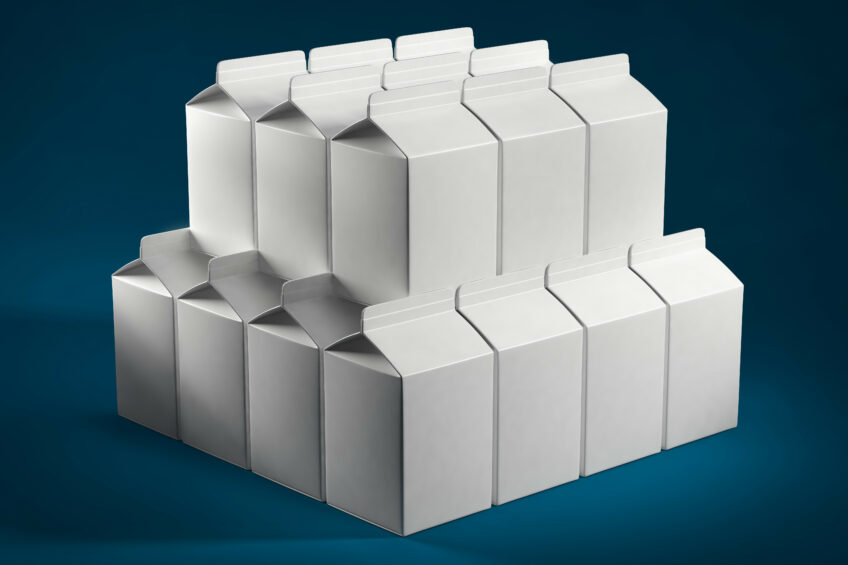Reset of the Australian dairy sector

The Australian dairy sector is changing, mainly fuelled by tension in the supply chain and changes in the procurement and pricing of milk.
This is stated in the recent Rabobank report: The Australian dairy supply chain: the great reset’. The report explains that the national milk production has fallen to its lowest level in more than 2 decades. A whopping 800 million litres have been lost in Southern Australia in the past 2 seasons. Secondly, Australia’s largest dairy processor has stumbled and remains under pressure as it confronts a sizeable drop in milk supply, along with the need for resizing and business turnaround. Finally, the reset in farmgate milk prices from mid-2016, to better align with global markets, has improved the viability of processing capacity investments. This has generated a wave of investments in processing capacity and triggered aggressive milk-supply recruitment programmes.
Improving milk prices, more normal seasonal conditions, and favourable trading conditions will support a small bounce in Australian milk supply in 2017/18. Rabobank forecasts a 2.5% increase for the 2017/18 season. However, a sustained growth in the Australian milk supply cannot be granted. It will probably take another 2 seasons. Based on Rabobank’s medium-term forecast of milk supply growth, the milk production will not surpass 10 billion litres again until 2020/21.

The reduced milk volume in Australia changed the shape of the processing sector. For example, by the end of the 2017/18 season, milk processor Murray Goulburn will have lost 45% of its milk supply. The company is closing 3 factories and removing 400 million litres of processing capacity. Also the role of the cooperative as being the benchmark in pricing milk across Southern Australia is changing. A new method of price discovery will need to merger, meaning that, in the future, dairy farm operators will be operating in a more commercially-oriented and flexible market for their milk.
Despite the reduction of milk volume produced, some processing investments are still in the pipeline. In 2017, at least 700 million litres of new processing capacity will come online across Southern Australia. A key focus of the new plant investments is on Australia’s export orientated cheese capacity. Some processors are also looking further afield for their milk supply, in order to diversify their geographical footprint and reduce supply disruptions.
Rabobank concludes in the report that all dairy-farm businesses need to thoroughly assess how the changing landscape in Australia may affect their business in the long term before responding.
Join 13,000+ subscribers
Subscribe to our newsletter to stay updated about all the need-to-know content in the dairy sector, two times a week.










